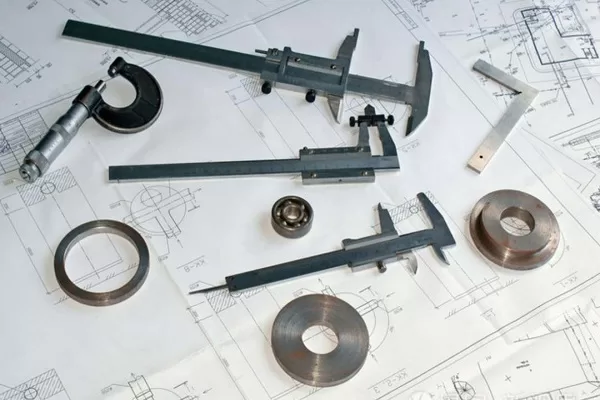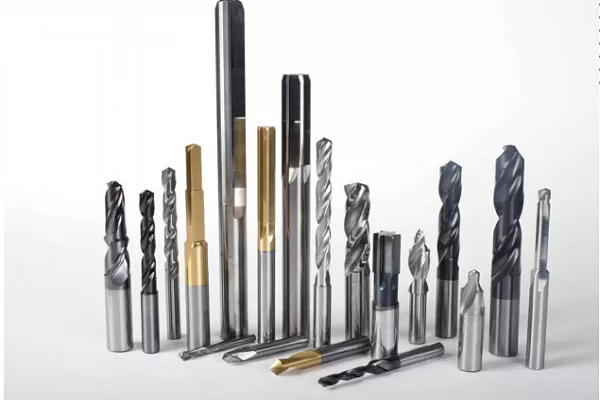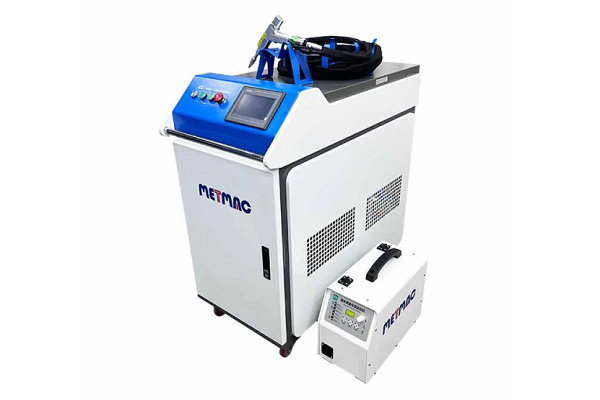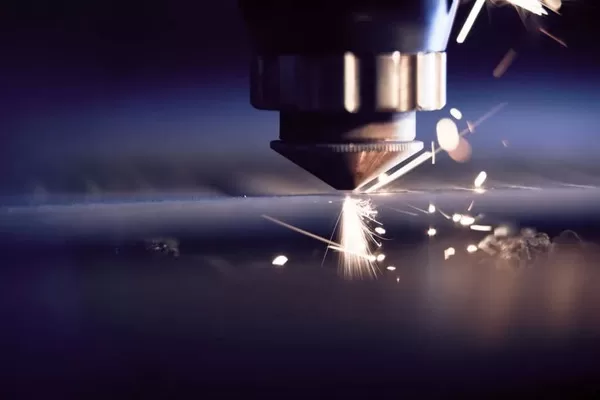
Creating Complex Shapes with Advanced Sheet Metal Rolling Techniques
- By:Metmac
- 2024-07-31
- 48
Introduction
Sheet metal rolling is a versatile manufacturing technique that can transform flat metal sheets into intricate three-dimensional shapes. This process is widely used in various industries, including automotive, aerospace, construction, and consumer goods. Advanced sheet metal rolling techniques allow manufacturers to create complex geometries with precision and efficiency.
Cold Rolling
Cold rolling is a process where metal sheets are passed through a series of rollers at room temperature. This process increases the strength and hardness of the metal while reducing its thickness. Cold rolling can produce precise shapes with tight tolerances and smooth surfaces.
– Advantages:
– High precision and accuracy
– Excellent surface finish
– Enhanced mechanical properties
Warm Rolling
Warm rolling involves heating the metal sheet to a temperature below its recrystallization point before rolling. This process is typically used for thicker materials that require greater formability. Warm rolling offers a balance between strength and ductility.
– Advantages:
– Improved formability
– Reduced force requirements
– Enhanced fatigue resistance
Hot Rolling
Hot rolling is performed at temperatures above the metal’s recrystallization point. This process results in a coarser grain structure and lower strength compared to cold rolling. Hot rolling is suitable for thick materials that require extensive shaping.
– Advantages:
– High deformation capacity
– Reduced energy consumption
– Increased toughness
Profile Rolling
Profile rolling uses specially shaped rollers to create complex cross-sections in metal sheets. This process allows for the production of customized shapes, such as beams, channels, and angles. Profile rolling is highly efficient and can produce large volumes of complex shapes.
– Advantages:
– Consistent and accurate cross-sections
– Ability to create custom shapes
– High productivity
CNC Bending
CNC bending utilizes computer-controlled bending machines to create complex curves and angles in sheet metal. This process offers high precision and repeatability, making it ideal for applications where accuracy is critical.
– Advantages:
– Precise and accurate bending
– Automated and efficient process
– Ability to create intricate geometries
Hydroforming
Hydroforming uses high-pressure fluid to shape sheet metal into complex shapes. This process is ideal for materials that are difficult to form by traditional methods. Hydroforming provides excellent dimensional accuracy and reduces the risk of tearing or cracking.
– Advantages:
– High formability
– Reduced material waste
– Improved surface finish
Conclusion
Advanced sheet metal rolling techniques enable manufacturers to create complex shapes with precision, efficiency, and versatility. These techniques offer a wide range of capabilities, from cold rolling for high-strength components to hydroforming for intricate geometries. As technology continues to advance, the possibilities for creating complex shapes with sheet metal will continue to expand, unlocking new possibilities in various industries.
-
The Advantages of Using a Sheet Roll Forming Machine in Manufacturing
2024/09/14 -
How to Optimize Your Laser Sheet Cutting Machine for Maximum Performance
2024/09/12 -
How to Maximize Efficiency with Modern Sheet Metal Working Machines
2024/09/04 -
The Environmental Benefits of Using Duct Board Grooving Machines
2024/09/03
-
A Guide to the Latest Innovations in Sheet Metal Folding Machines
2024/11/29 -
Key Features to Consider When Investing in a Sheet Metal Folding Machine
2024/11/28 -
Enhancing Precision with Advanced Sheet Metal Folding Machines
2024/11/27 -
How to Choose the Right Sheet Metal Folding Machine for Your Workshop
2024/11/26



